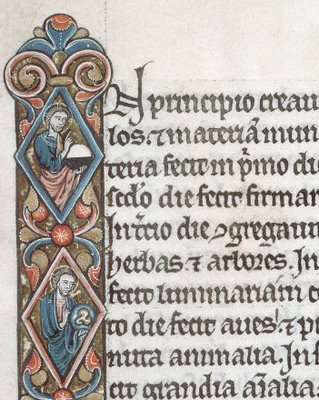Roberto de Mattei
Corrispondenza Romana
February 27, 2019
The condemnation of Cardinal Pell, arriving
like a bolt of lightning in the wake of the Vatican summit, draws attention to
a truth that there has been a desire to forget for the last fifty years: there
is no possible compromise between the Church and the world, because the world
hates the Church and wants its destruction. This sentence, furthermore,
demonstrates the failure of the strategy of this papacy, which has renounced
exercising the sovereignty of the Church, confiding instead in the
comprehension of the world.
The sovereignty of
the Church is expressed primarily in Her Canon Law. The Catholic Church, inasmuch
as it is a visible society, is endowed by a law, also penal, the law She
possesses to sanction the faithful who have committed violations of Her law. A crime is a violation outside the judicial
order of the Church, distinct from sin, which is, instead, a violation of the
moral order. Thus the Church, “by sole and exclusive right”, has the right to
judge the violation of Church laws and the right to sanction the crimes with
penalties according to Canon Law (can. 1402 §2). Among the many canonical crimes specified by the Code,
are apostasy, heresy and schism (Can.1364),
communicatio in sacris, the profanation of sacred things (can.1376), and
also a series of grave violations against the sixth commandment (can. 1395).
The distinction between sins and crimes does not appear clear to Pope Francis,
who declares “zero tolerance” against civil crimes, such as pedophilia, but
calls for “forgiveness” and mercy for the “sins of youth”, such as
homosexuality, unmindful of the presence of this crime in the laws of the
Church.

























